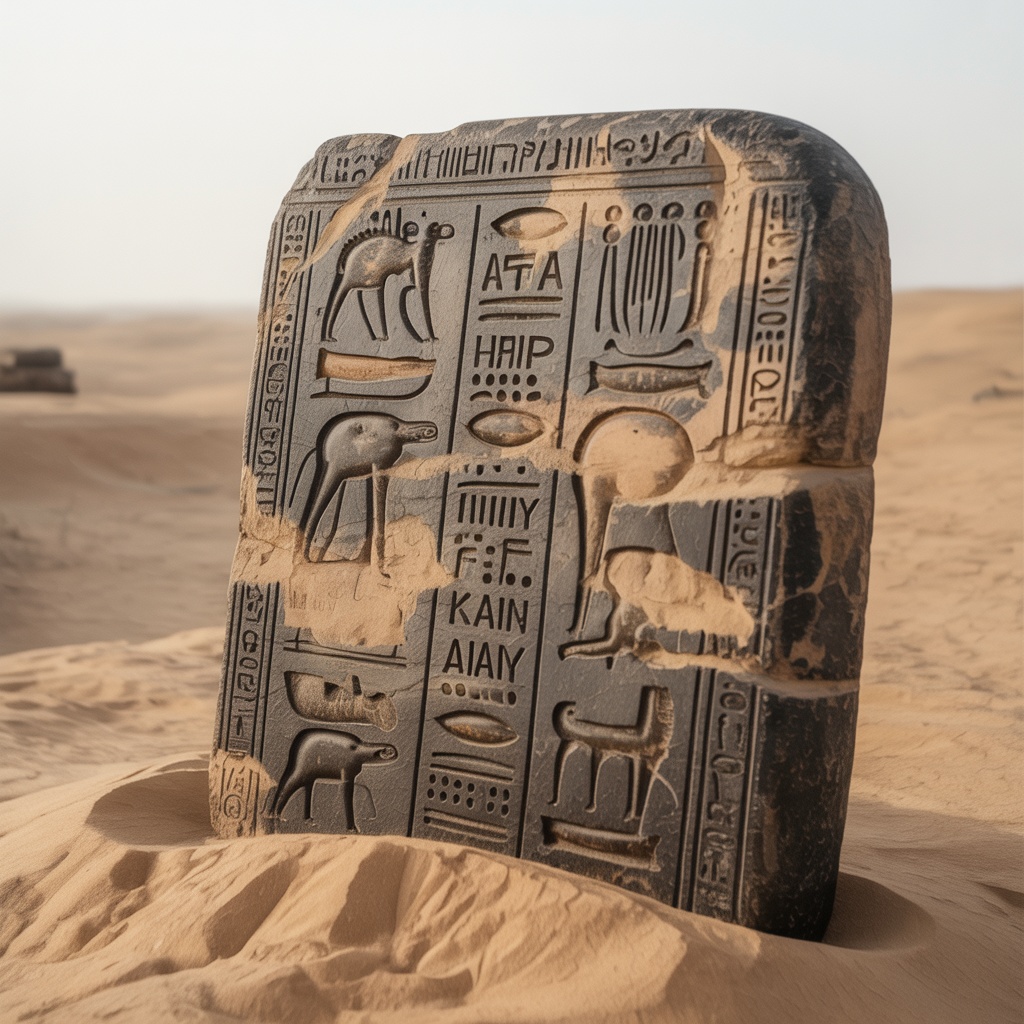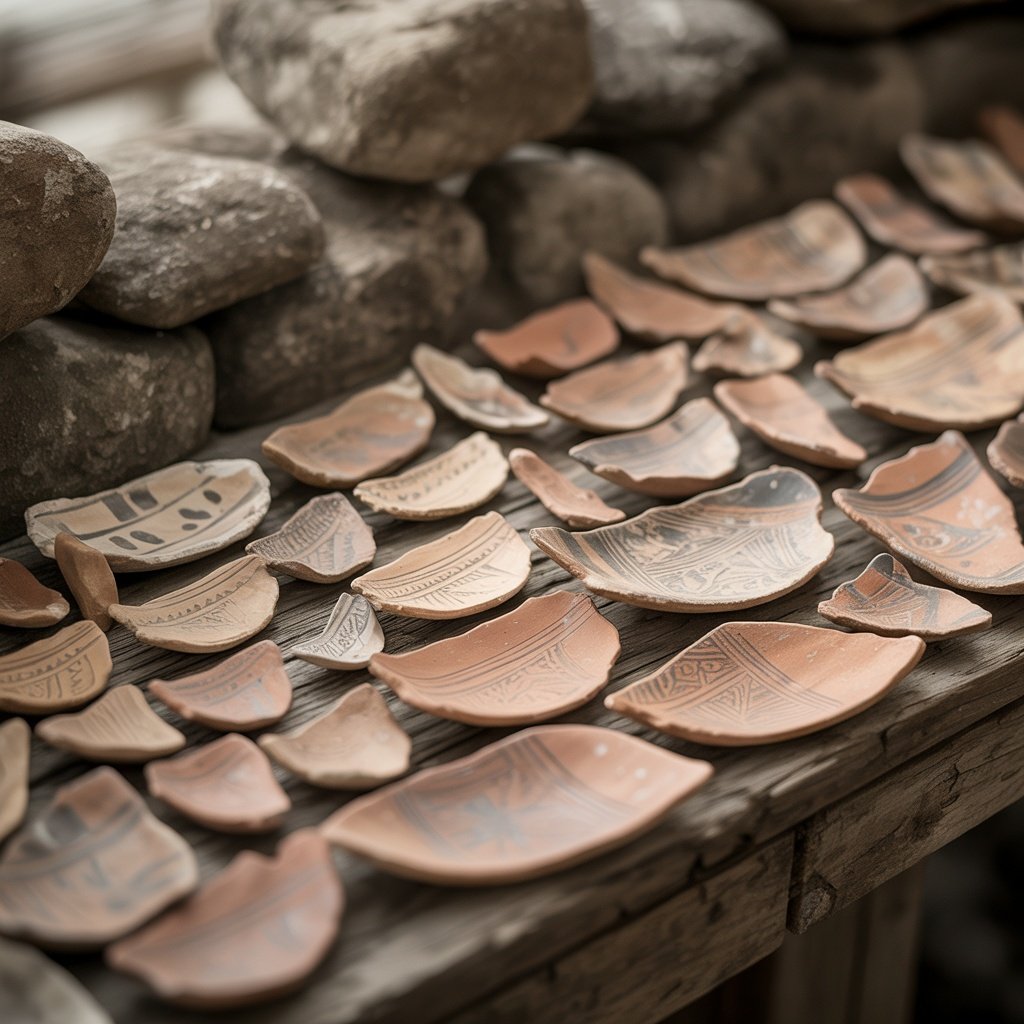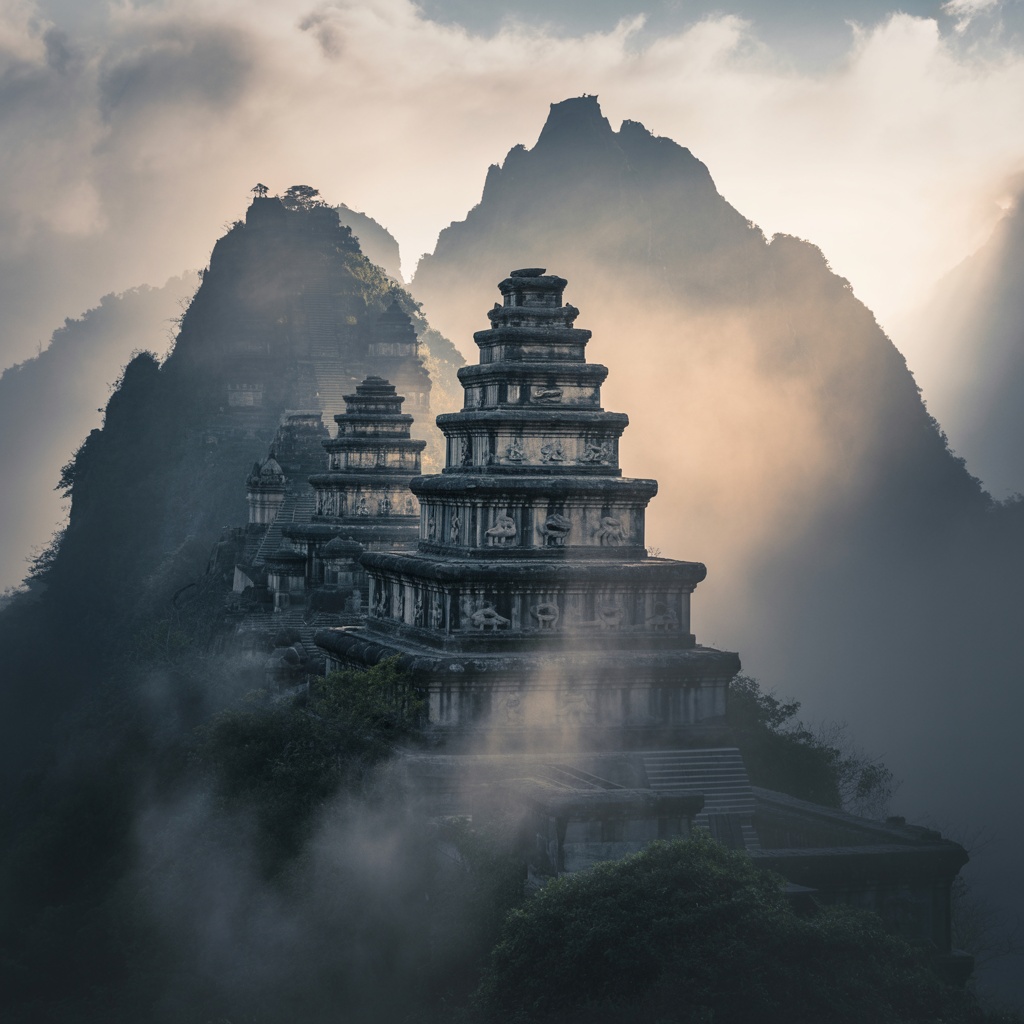The Sri Veeramakaliamman Temple stands as one of Singapore's oldest and most significant Hindu temples, serving for over 180 years as a spiritual anchor for the Tamil community whilst attracting devotees and cultural tourists from around the world. Located in the heart of Little India on Serangoon Road, this temple dedicated to the goddess Kali represents a living link to Singapore's colonial history, Indian immigration patterns, and the preservation of Hindu religious traditions in Southeast Asia's multicultural environment.
As specialists in religious heritage tourism with extensive experience organising temple expeditions across Asia, we recognise Veeramakaliamman Temple as exceptional for its historical significance, architectural evolution, and role in maintaining Tamil Hindu culture within Singapore's diverse society. This comprehensive guide explores the temple's founding stories, historical development, architectural features, religious significance, and practical visiting information for travellers seeking authentic engagement with Singapore's Indian heritage.
The Founding Stories: Anecdotal History and Documentation
The term "anecdotal history" aptly describes much of Veeramakaliamman Temple's early story, where oral traditions, community memories, and limited documentation combine to create a rich narrative that may not always align with verifiable historical records but nonetheless reveals important truths about the community's self-understanding and values.
The 1855 Founding Tradition
According to temple tradition, the Sri Veeramakaliamman Temple was established in 1855 by Bengali migrant workers who settled in the Serangoon Road area. The original structure began as a modest shrine serving the spiritual needs of Indian immigrants—predominantly Tamil labourers working in Singapore's rapidly developing colonial economy during the mid-19th century.
The location choice reflects practical and spiritual considerations. Serangoon Road developed as the centre of Indian settlement in Singapore, with brick kilns, cattle yards, and other industries employing Indian workers concentrated in this area. The temple provided these workers with familiar religious practices, community connections, and cultural continuity linking them to their South Indian homeland.
The Sacred Kavadi Bearer Story
One popular anecdotal account describes how the temple site was selected: a devotee carrying a kavadi (ceremonial burden) during the Thaipusam festival felt compelled to stop at this location, unable to proceed further. This supernatural occurrence was interpreted as the goddess Kali indicating her desire for a temple at this spot. Whilst such miraculous selection stories are common in Hindu temple foundations and difficult to verify historically, they demonstrate how sacred geography is established through divine intervention narratives that authorise specific locations as especially holy.
Documentary Evidence and Historical Context
Whilst oral traditions date the temple to 1855, documentary evidence of its existence appears in Singapore colonial records and maps from the 1860s onwards. The temple is mentioned in surveys of religious institutions conducted by colonial authorities and appears on detailed maps of Singapore from this period, confirming its establishment by the mid-19th century.
The broader historical context illuminates why Hindu temples emerged in this period. British colonial administration encouraged Indian immigration to provide labour for Singapore's development. Between 1825 and 1860, Singapore's Indian population grew dramatically, creating demand for religious infrastructure. Multiple Hindu temples were established during this period, forming the foundation of Singapore's current Hindu religious landscape.
Architectural Evolution and Features

The Veeramakaliamman Temple has undergone multiple renovations and expansions since its modest 19th-century origins, transforming from a simple shrine to the elaborate structure visible today. Understanding this architectural evolution provides insight into the community's growing prosperity and commitment to preserving religious traditions.
The Original Structure
Historical photographs and descriptions indicate the original temple was a simple building with basic architectural features—likely wood and brick construction with a modest shrine housing the deity. This reflected the limited resources of the working-class immigrant community that founded it. Despite simplicity, the temple fulfilled essential religious functions: providing a space for puja (worship), hosting festivals, and creating community gathering opportunities.
Major Renovations and Expansions
Significant renovations occurred in 1881, when the temple structure was substantially rebuilt and expanded. Further major renovation campaigns took place in 1968, 1996, and most recently between 2012-2014. Each renovation phase incorporated traditional South Indian temple architectural elements whilst adapting to Singapore's urban environment and the community's evolving needs.
The 1996 renovation introduced the impressive six-tiered gopuram (entrance tower) that now dominates the temple's streetscape. This gopuram, adorned with hundreds of painted statues depicting various Hindu deities, mythological scenes, and celestial beings, follows the Dravidian architectural style characteristic of Tamil Nadu temples. The gopuram's bright colours—reds, yellows, blues, and greens—create a visually striking landmark in Little India's streetscape.
Traditional Architectural Elements
The temple exemplifies South Indian Hindu temple architecture adapted to Singapore's climate and urban constraints. Key features include:
- Gopuram: The towering entrance gateway decorated with elaborate stucco sculptures of deities and mythological figures
- Mandapam: Pillared halls where devotees gather for worship and ceremonies
- Garbhagriha: The inner sanctum housing the main deity—Goddess Kali in her fierce Veeramakaliamman form
- Subsidiary Shrines: Smaller shrines dedicated to other deities including Ganesha, Murugan, and Shiva
- Dhvajastambham: The ceremonial flagstaff marking the temple's sacred status
- Decorative Ceiling Paintings: Interior artwork depicting mythological scenes and divine figures
The Goddess Veeramakaliamman: Religious Significance
Understanding the temple requires knowledge of its presiding deity—Veeramakaliamman, a fierce form of the goddess Kali. The name combines "Veera" (brave/heroic), "Kali" (the goddess), and "Amman" (mother in Tamil), emphasising both the goddess's protective warrior aspect and her nurturing maternal nature.
Kali in Hindu Theology
Kali represents one of Hinduism's most powerful and complex divine figures. In theological terms, she embodies Shakti (divine feminine energy/power) in its most dynamic, transformative aspect. Her fierce iconography—multiple arms bearing weapons, a garland of skulls, tongue extended, standing upon the god Shiva—symbolises the destruction of ego, ignorance, and evil, clearing the path for spiritual liberation and positive transformation.
Whilst Kali's appearance may seem frightening to those unfamiliar with Hindu iconography, devotees understand her fierce aspect as ultimately protective and benevolent. She destroys not to cause suffering but to eliminate obstacles to spiritual progress. Her worship particularly appeals to those seeking strength to overcome difficulties, protection from harm, and empowerment to achieve goals.
Worship Practices and Rituals
Daily worship at Veeramakaliamman Temple follows traditional Agamic procedures (ritual protocols prescribed in Hindu scriptures). Priests conduct multiple pujas throughout the day, with the evening puja around 7:00-8:00 PM drawing the largest crowds. Devotees offer flowers, fruits, coconuts, and camphor to the goddess whilst reciting prayers and participating in arti (waving of lamps).
Special worship practices associated with Kali temples include offerings that acknowledge her fierce nature: red flowers (symbolising blood and life force), red kumkum (vermillion powder), and sometimes symbolic representations of animal sacrifices (though actual animal sacrifice does not occur at this temple, in accordance with Singapore regulations and modern temple practice).
Major Festivals and Community Celebrations

The temple hosts numerous annual festivals that attract thousands of participants and spectators, serving as focal points for Singapore's Tamil Hindu community whilst welcoming broader participation. These festivals combine religious devotion with cultural performance and community celebration.
Navaratri - Nine Nights of the Goddess
Navaratri, the nine-night festival celebrating divine feminine power, constitutes the temple's most important annual celebration. Occurring in September or October (based on the Hindu lunar calendar), Navaratri features special pujas, devotional music, classical dance performances, and culminates with Vijayadashami, the victory tenth day.
During Navaratri, the temple maintains extended hours with continuous worship activities. Devotees fast, perform special vows, and participate in night-long devotional singing (bhajans). The festival's emphasis on Shakti worship makes it particularly significant for temples dedicated to goddess forms like Kali.
Panguni Uthiram Festival
This spring festival (March-April) celebrates the divine marriage of Shiva and Parvati and features an elaborate street procession where the temple deities are carried through Little India on decorated chariots. The procession, accompanied by traditional music, draws enormous crowds and represents one of Singapore's most colourful religious spectacles.
Devotees carry kavadis (ceremonial burdens) as acts of devotion and penance, fulfilling vows made to the goddess. These kavadis range from simple milk pots to elaborate structures decorated with flowers and peacock feathers, attached to the body through various means including hooks and skewers—demonstrating extraordinary devotion and the power of religious trance states to transcend ordinary physical limitations.
Thaipusam
Whilst primarily associated with Lord Murugan worship, Thaipusam is celebrated at Veeramakaliamman Temple as well, given its importance to Singapore's Tamil community. This January-February festival features the famous kavadi-bearing processions where devotees demonstrate their devotion through acts of physical endurance and spiritual dedication.
The Temple's Role in Little India's Heritage
Veeramakaliamman Temple functions as more than a religious institution—it serves as a cultural anchor for Little India, Singapore's vibrant Indian ethnic precinct. Understanding the temple requires appreciating its broader role in preserving and transmitting Tamil culture within Singapore's multicultural society.
Community Centre Functions
Beyond regular worship, the temple provides various community services: religious education for children, Tamil language classes, classical music and dance instruction, marriage ceremonies, and social support for community members. These functions help maintain cultural continuity across generations of Singaporean Indians, many of whom may have limited direct connection to India.
Economic Impact on Little India
The temple's presence has shaped Little India's commercial development. Businesses catering to temple visitors and the broader Hindu community cluster around Serangoon Road: shops selling puja items, restaurants offering South Indian vegetarian cuisine, textile merchants specialising in sarees and traditional clothing, jewellers creating temple ornaments, and flower vendors supplying worship offerings. This creates an economic ecosystem supporting both religious practice and cultural commerce.
Heritage Conservation Status
In recognition of its historical and cultural significance, Veeramakaliamman Temple has been gazetted as a national monument by the Singapore National Heritage Board. This status provides legal protection whilst acknowledging the temple's importance to Singapore's multicultural heritage. The designation ensures preservation of the site's architectural and historical character even as the temple continues functioning as an active religious institution.
Visiting Veeramakaliamman Temple: Practical Guide
Location and Access
The temple is located at 141 Serangoon Road in the heart of Little India. It is easily accessible via public transport: Little India MRT station (Downtown and North East Lines) is approximately 300 metres away, with clearly marked walking routes. Numerous bus services stop along Serangoon Road near the temple. Limited street parking is available, though public transport is recommended due to Little India's congested roads.
Opening Hours and Worship Times
The temple is open daily from approximately 5:30 AM to 12:15 PM and 4:00 PM to 9:15 PM, with a midday closure during Singapore's hottest hours. These timings accommodate traditional Hindu worship schedules: morning puja, noon puja, and evening puja. The evening period (after 6:00 PM) is particularly atmospheric with oil lamps lit and larger crowds of devotees.
Dress Code and Temple Etiquette
As an active place of worship, appropriate behaviour and dress are essential. All visitors must remove footwear before entering—free shoe storage facilities are provided. Clothing should cover shoulders and legs (shorts and short skirts are inappropriate; long trousers, skirts, or traditional Indian attire are suitable). Women may be required to cover their heads in certain areas—scarves are available if needed.
Inside the temple, maintain quiet, respectful behaviour. Follow any instructions from temple officials regarding areas where entry is restricted. Photography is generally permitted in outer areas but may be restricted near the main sanctum—always ask permission before photographing. Mobile phones should be silenced. Maintain appropriate distance from worship activities unless participating as a devotee.
Participating in Worship
Non-Hindu visitors are welcome to observe worship activities respectfully. Those wishing to participate more actively can make offerings: flowers, coconuts, and fruits are sold at the temple entrance. Temple priests can perform special pujas on behalf of visitors (donations requested). After pujas, prasadam (sanctified food, usually fruits or sweets) is distributed—accepting prasadam is appropriate and considered a blessing.
Guided Tours and Cultural Education
Whilst the temple itself does not offer formal guided tours, our cultural heritage tourism services arrange expert-led visits to Veeramakaliamman Temple as part of comprehensive Singapore heritage expeditions. Our guides provide historical context, explain religious symbolism, clarify ritual practices, and facilitate respectful cultural exchange between visitors and the temple community.
Connecting Temple Tourism with Broader Singapore Heritage
Visiting Veeramakaliamman Temple connects to broader patterns of religious and cultural heritage preservation in Singapore. The city-state contains numerous significant religious sites reflecting its multicultural population: Buddhist temples, Chinese shrines, Islamic mosques, Christian churches, and Hindu temples coexist within a small geographic area, creating unique opportunities for comparative religious heritage tourism.
Other Significant Hindu Temples in Singapore
Singapore's Hindu heritage extends beyond Veeramakaliamman to include:
- Sri Mariamman Temple: Singapore's oldest Hindu temple (1827), located in Chinatown and also dedicated to a goddess form
- Sri Srinivasa Perumal Temple: Major Vishnu temple on Serangoon Road, known for elaborate Thaipusam celebrations
- Sri Thendayuthapani Temple: Terminal point for Thaipusam processions, dedicated to Lord Murugan
Visiting multiple Hindu temples reveals variations in architectural styles, deity worship, and community practices whilst demonstrating common threads of Hindu religious tradition.
Little India as Cultural Heritage District
The temple anchors Little India, a heritage district preserving Singapore's Indian cultural landscape. Other attractions include traditional shophouses, heritage centres, markets, and restaurants. The neighbourhood offers immersive cultural experiences unavailable in more modernised areas of Singapore. Our heritage tours connect temple visits with broader exploration of Indian diasporic culture in Southeast Asia.
For those interested in comparative religious architecture across Asia, the temple rewards comparison with sites like the Ambalappuzha Temple in Kerala, illustrating how South Indian temple traditions adapted to Southeast Asian contexts. Similarly, exploring Singapore's other religious heritage sites like those in the Arab Quarter or examining archaeological collections at the Asian Civilisations Museum provides comprehensive understanding of Singapore's multicultural heritage.
